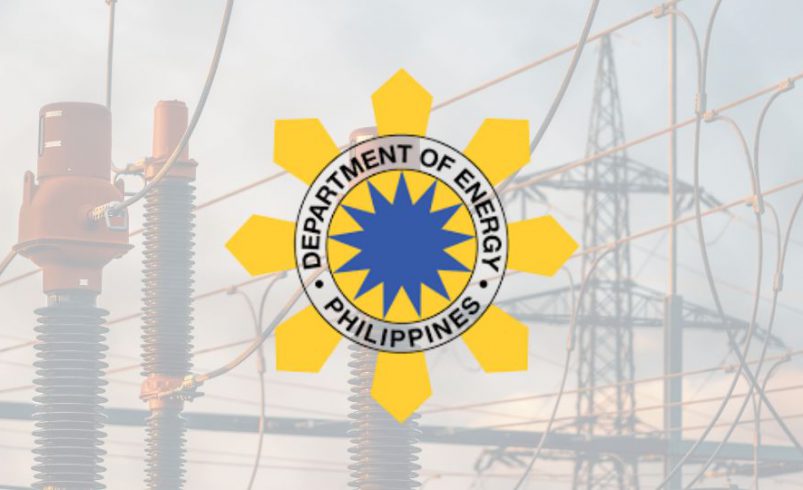DOE, Phivolcs link hazard data to boost energy resilience
- August 13, 2025
- 0

The Department of Energy (DOE) and the Philippine Institute of Volcanology and Seismology (DOST-PHIVOLCS) have sealed a new partnership to strengthen disaster readiness in the country’s energy sector through real-time hazard data integration.
On August 12, the agencies signed a memorandum of agreement to link GeoRiskPH—PHIVOLCS’ geohazard mapping platform—with the DOE’s developing Energy Disaster Information Management System (EDIMS). DOE Undersecretary Felix William B. Fuentebella and PHIVOLCS Director Teresito C. Bacolcol signed for their respective agencies.
The combined system will merge GeoRiskPH’s hazard maps, risk profiles, and exposure data with EDIMS’ disaster monitoring capabilities, allowing authorities to quickly pinpoint threats to critical energy infrastructure. This integration is expected to guide resilient design, improve public safety, enhance coordination, and support smarter infrastructure investments.
“Our energy resilience is only as strong as its weakest link,” Fuentebella said. “Integrating robust scientific data into our resilience planning is paramount to improving the reliability of power and fuel for Filipinos, especially as climate change intensifies. Together with DOST-PHIVOLCS, we are forging a path towards a safer, more secure Philippines, where energy remains a reliable, sustainable, and safe lifeline for all.”
The initiative builds on the agencies’ earlier collaboration in 2018 for the Rapid Earthquake Damage Assessment System (REDAS), which has been credited with enabling faster damage analysis and reducing downtime after seismic events. This latest project expands coverage to a wider range of hazards beyond earthquakes.
“Aligned with President Ferdinand R. Marcos Jr.’s vision of a Bagong Pilipinas, we are committed to delivering reliable, affordable, and cleaner energy to every Filipino household, empowering communities and lighting the path to a brighter tomorrow,” Fuentebella added.
How can integrating real-time hazard mapping into energy planning change the way the Philippines safeguards its power and fuel systems?
Follow Power Philippines on Facebook and LinkedIn or join our Viber community to stay up to date on the latest energy news.